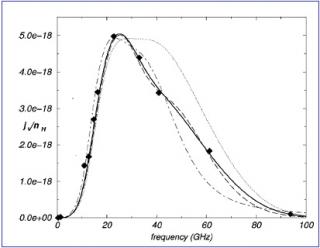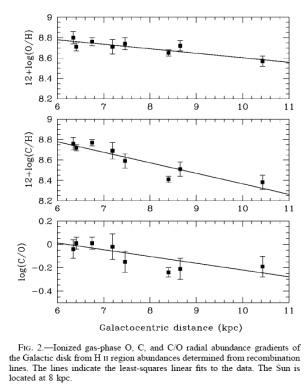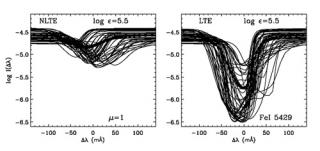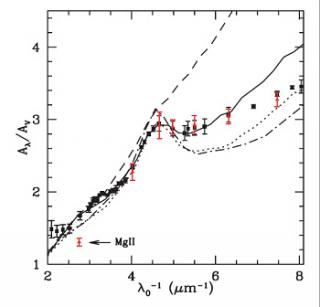
An anomalous emission has been detected in the microwave region of the Perseus Molecular Cloud. This work extends the frequency range of the studies being carried out by the WMAP satellite and finds between 11 and 17 Ghz per emission, 10 times greater than can be explained by normal emission processes in the Milky Way. One possible and attractive explanation is the presence of fullerenes, the bipolar electric emission of which is compatible with the observations (Watson, Rebolo et al., 2005, ApJ 624, L28).
Advertised on


